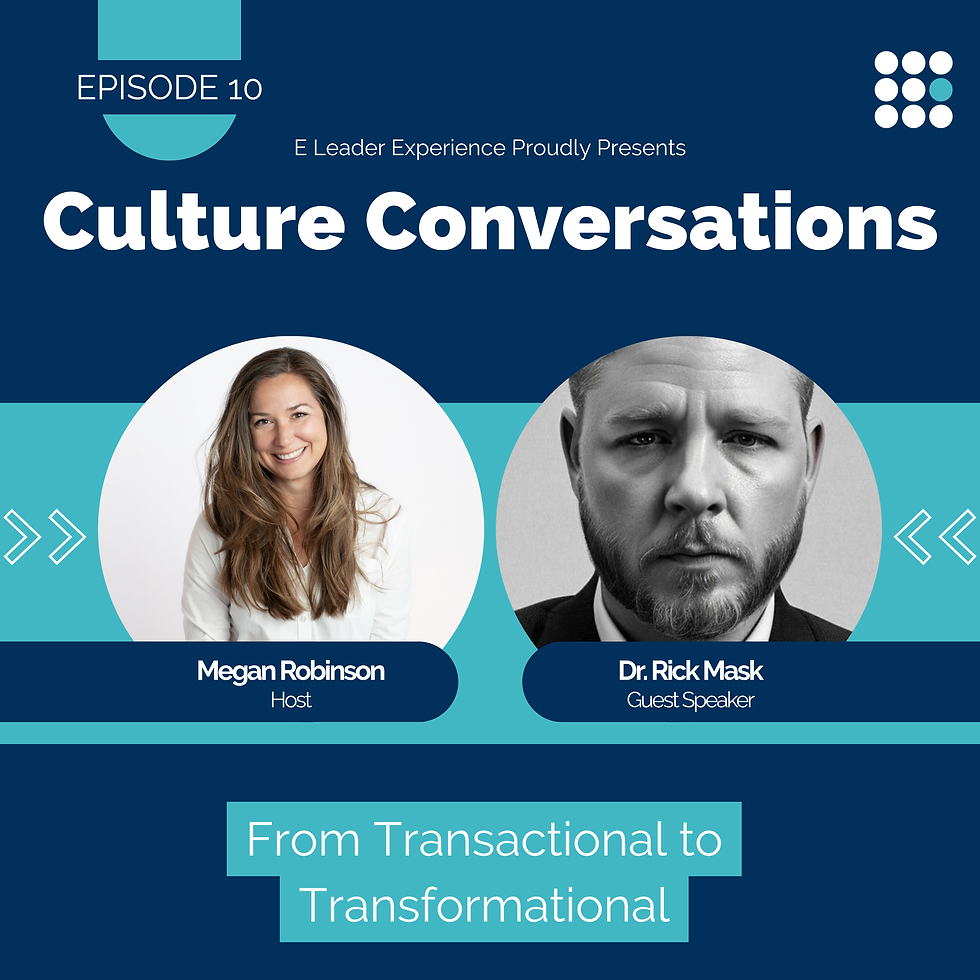Are you Creating Empty Goals?
- Megan Robinson

- Dec 27, 2023
- 4 min read
"Would you tell me, please, which way I ought to go from here?"
"That depends a good deal on where you want to get to," said the Cat.
"I don't much care where--" said Alice.
"Then it doesn't matter which way you go," said the Cat.
"-so long as I get SOMEWHERE," Alice added as an explanation.
"Oh, you're sure to do that," said the Cat, "if you only walk long enough."
-Lewis Carroll, Alice in Wonderland

We love a fresh start. January lays 2024 before us like a blank canvas, offering us endless possibilities for a better version of ourselves and the accomplishments we will strive for.
As we all know too well, many of these resolutions fall to the side by February (if not the third week of January). Our goals feel empty, and we quickly lose the motivation and passion we thought would carry us through the year.
Most of us fall into the same traps when it comes to our professional lives. New goals for a new quarter or fiscal year may sound good on paper, but they fail to get you closer to what you ultimately hope to achieve. Without being connected to something deeper, our goals can even become stumbling blocks instead of stepping stones. These empty goals waste your energy and prevent you from getting where you really need to go.
Checkbox goals
Empty goals are sneaky. They give the illusion of progress because they are easy to tick off but lack depth or significance. These checkbox goals are more like a to-do list than anything strategic. You could hit your goal of traveling x miles a day, but where exactly are you going?
A marketing team's goal of increasing the number of social media posts they create can be a checkbox goal. Without tying this to brand awareness or customer engagement, it's just something the team can (often begrudgingly) check off.
The biggest danger of checkbox goals is that they consume a lot of time and resources while giving a false sense of achievement. Employees may feel busy and productive, but it's like being on a treadmill – a lot of effort is put in with no forward movement.
Distracting goals
Distracting goals will have you spending energy and resources on things that do not ultimately matter. Like checkbox goals, distracting goals do not ladder up to anything more substantial, but accomplishing them takes more effort – they are more than just tasks.
Here's an example – a team is working tirelessly to develop a product. Leadership loves it; the team thinks it's innovative, but no one first tested the idea for consumers. The team put in a ton of work and hit their launch goals, but the product did not resonate with their customers. A short time later, the company discontinued the product. The goal was a distraction from that company's vision of serving its customers. It cost them money, time, and employee morale.
Distracting goals do not get you closer to what your organization ultimately wants to accomplish. They do not have anything to do with your vision. Often the team thinks it is good idea and there is a lot of passion or enthusiasm surrounding these initiatives making them more difficult to spot.
Goals taking you in the wrong direction
Now, let's say you do know what your vision is for your company. You set goals that climb the ladder towards achieving that vision. However, if you aren't clear on the why behind your vision, you may be climbing the ladder on the wrong building.
Sometimes, a goal can be clearly defined and well-intentioned but still lead the organization in the wrong direction. Misunderstandings of what success looks like tend to result in misleading goals like these. A small retail business, for instance, might decide to compete with large e-commerce platforms by offering a wide range of products. However, in the process, they could dilute their brand and disappoint their core customer base, who valued their unique and curated selections. The expansion could be considered progress, but it might not be in the right direction for that company.
Setting Better Goals
Goals, for the sake of goals, can hurt us in the long run in ways we don't expect. Once we hit those empty goals, we don't get that rush of accomplishment. On top of that, empty goals seem a million times harder to complete. They take more energy and more resources because you don't have the motivation to accomplish them that you get when you have a vision and a mission driving them.
Employees become more motivated and committed when they understand their task's purpose and alignment with the company vision. Plus, everyone works together more effectively when they share a common vision.
Here are some questions you can use to determine if you are chasing empty goals.
What is the ultimate objective of your business? Do you have a vision? Does your team understand what success will look like when you achieve your vision?
Do your goals align with that vision?
How does your team feel about their goals? Do they think they are realistic and aligned with the vision?
Are your goals leading to tangible outcomes?
How are you going to adjust your goals as your business evolves?

Vision-driven goals are not just about hitting targets; they're about contributing to your business's long-term success and sustainability. They help create a culture where every effort and achievement is part of a more significant, impactful journey.
Are your goals aligned with a larger vision? If you aren't sure, let's schedule a call to review your goals. We'll ensure you're not just heading on a road to somewhere with the Cheshire cat but instead getting to where you need to go.




Comments